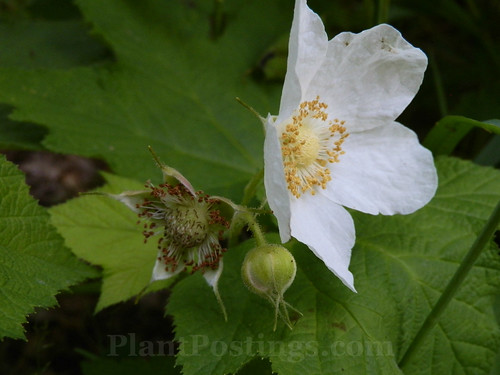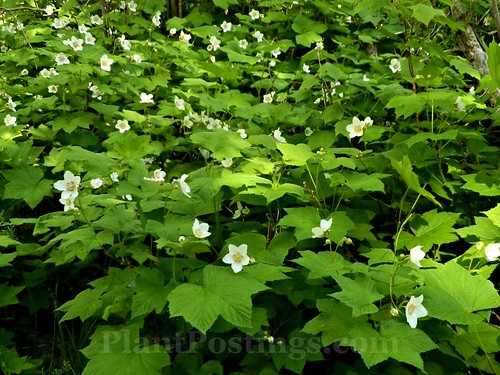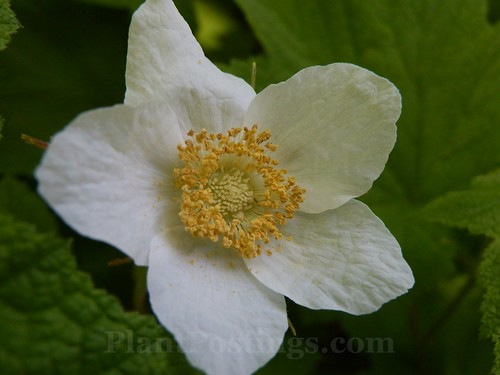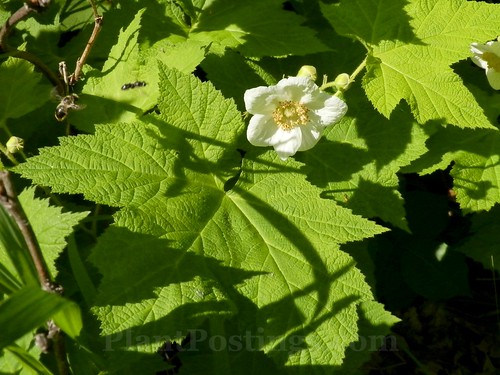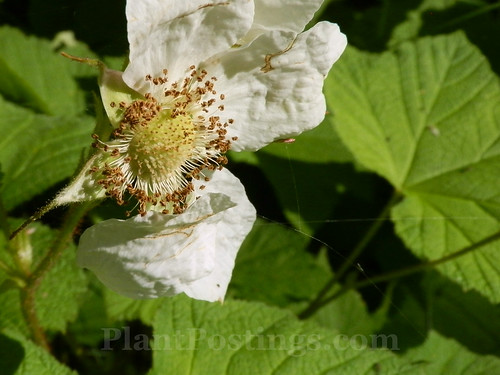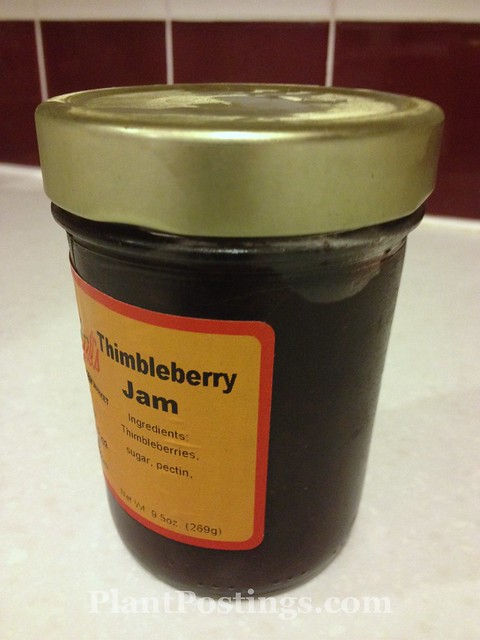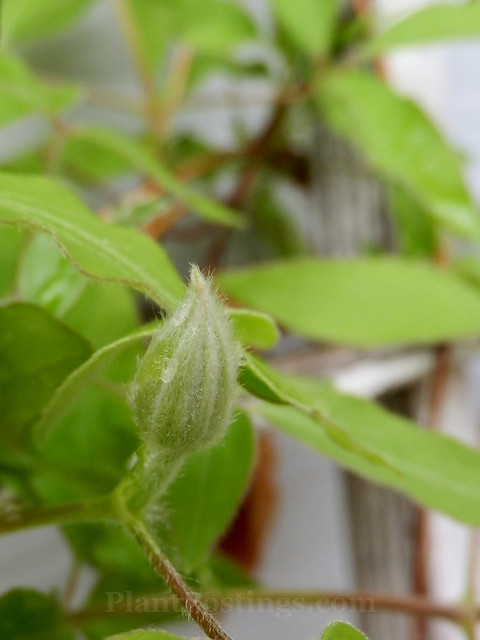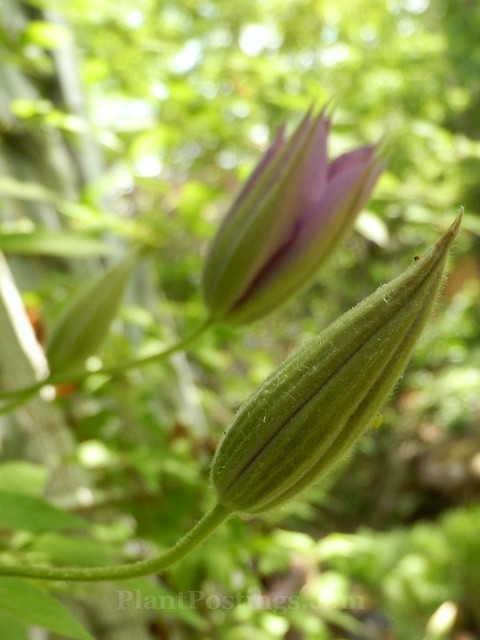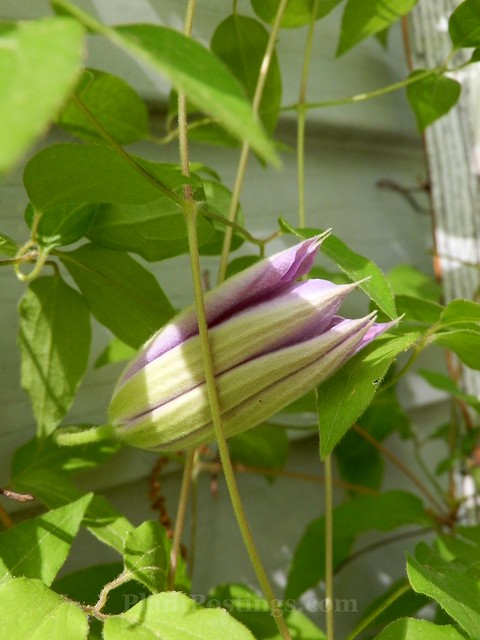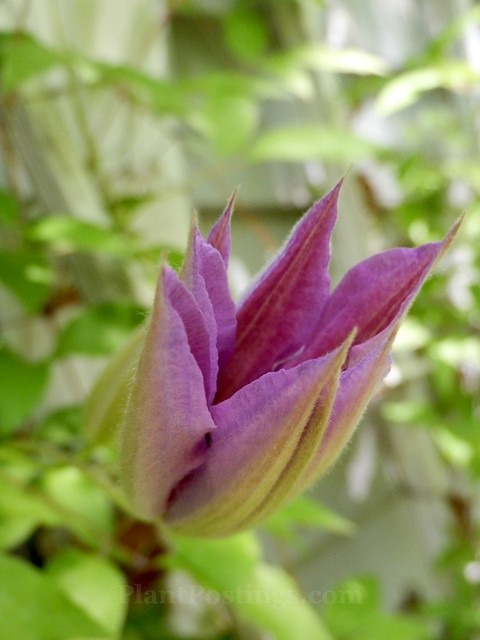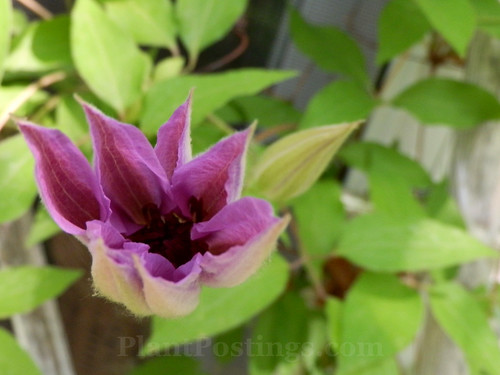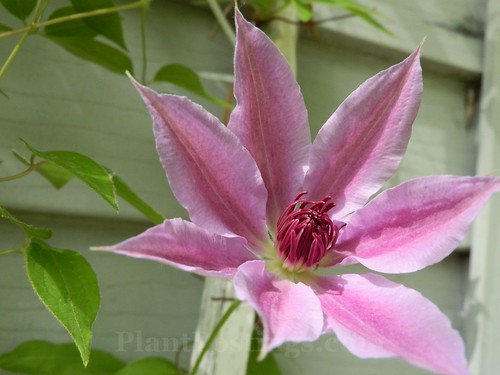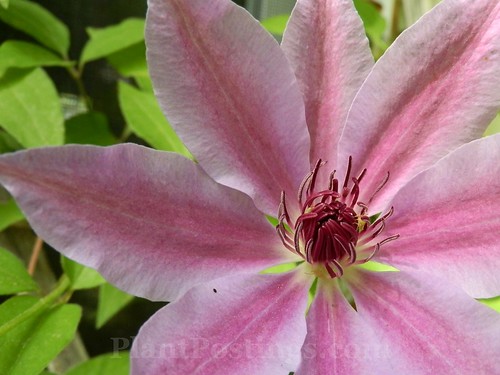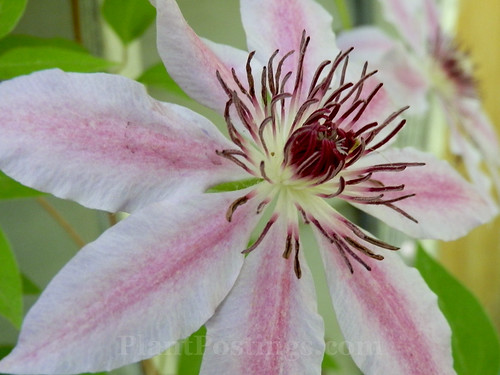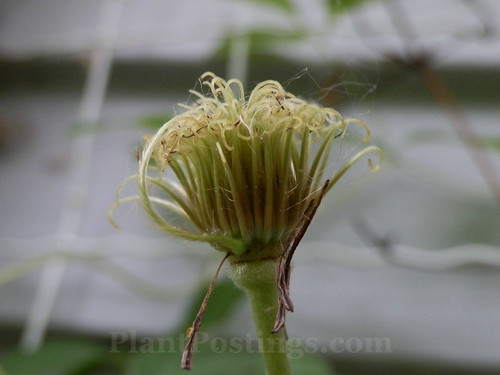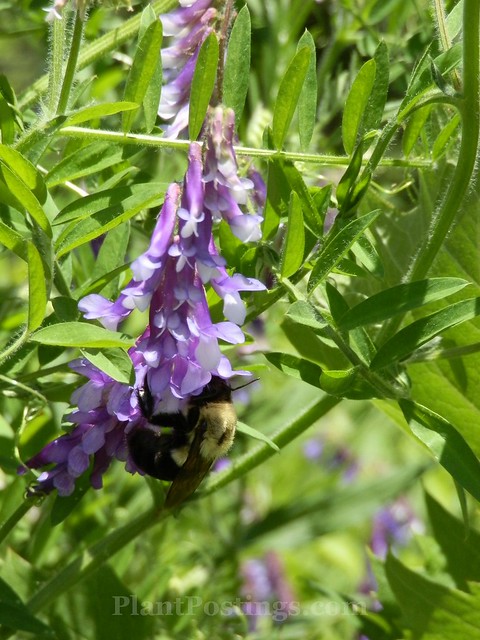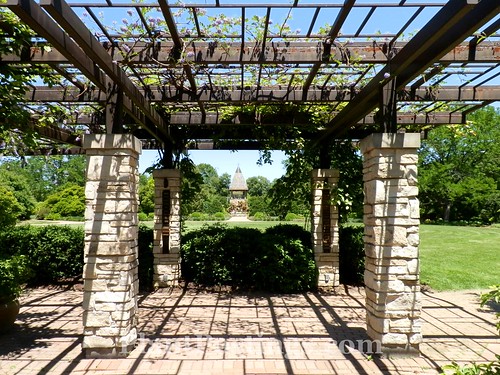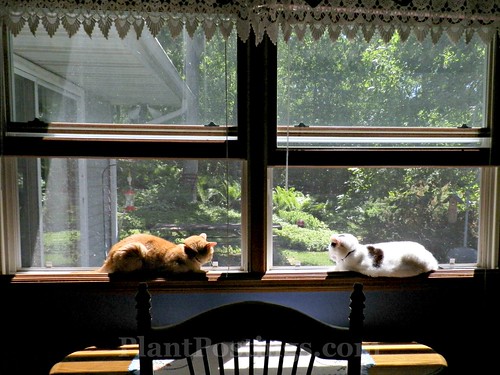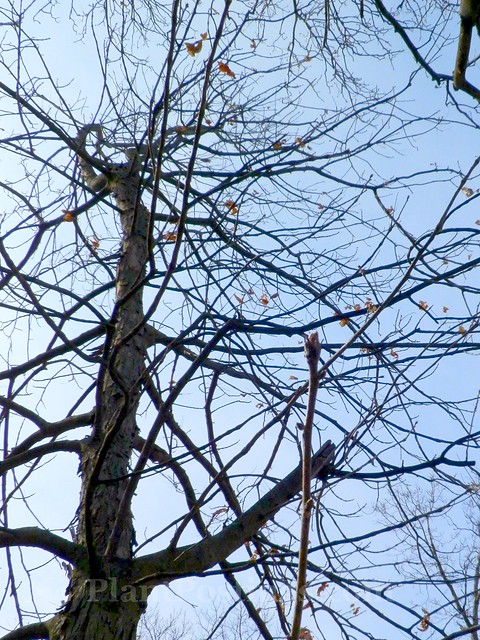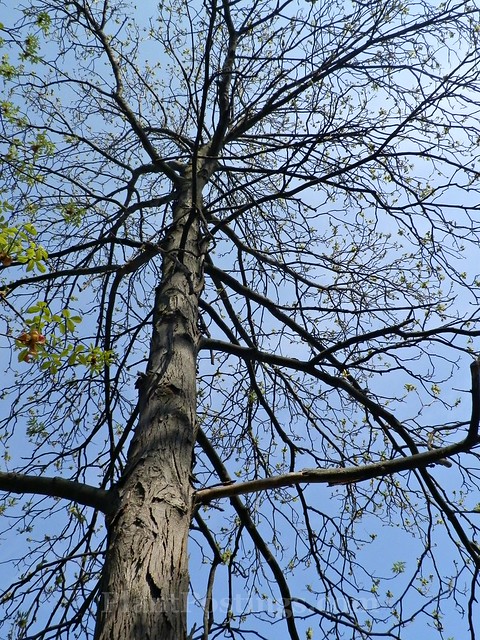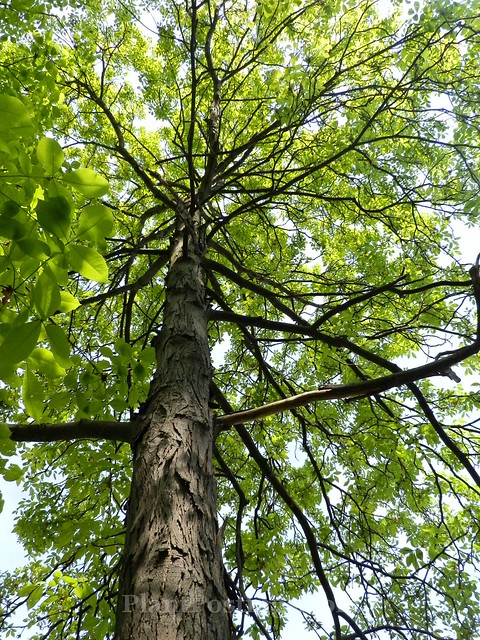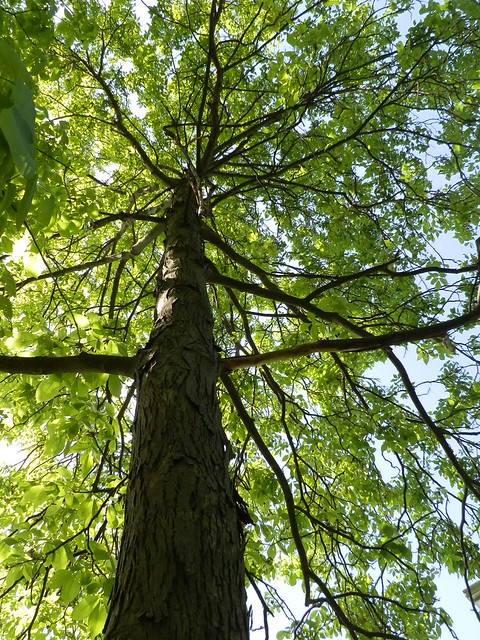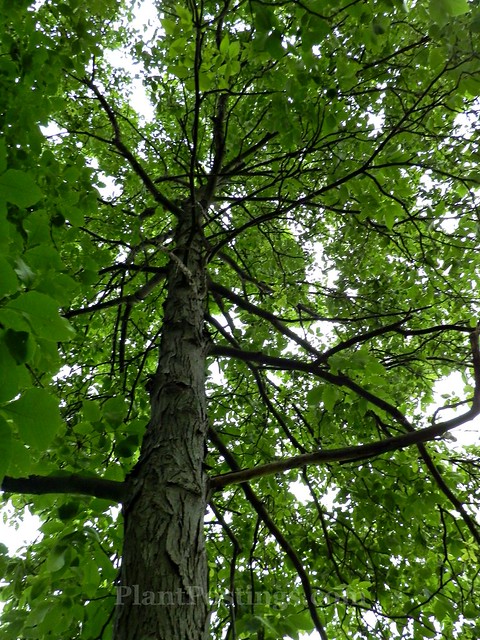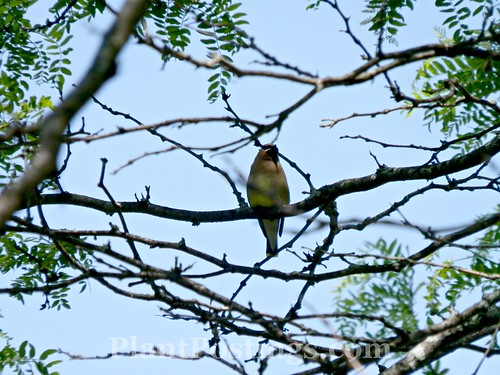 |
| The cedar waxwings are still happy and hanging around the neighborhood. |
How would you describe the perfect conditions to grow just about any plant and keep the people and creatures happy? How about: plentiful sun, occasional rain; average highs around 75F-80F/24C-27C and average lows around 55F/13C; long days and short, calm nights. Oh, and near-perfect Midwestern silt loam soil. What am I forgetting?
Anyway, you get the idea. Conditions have been near-perfect for growing things around here, and the plants seem to be growing inches every day.
It's time to talk summer gardening!
Three garden bloggers started a virtual garden club several weeks ago, under the name "Dear Friend and Gardener": Carol Michel of
May Dreams Gardens, Dee Nash of
Red Dirt Ramblings, and Mary Ann Newcomer of
Gardens of the Wild Wild West. They invited others to join in. So I did.
The idea is to share our adventures of growing our own food, flowers, and herbs. So the focus of this post is on my one small patch of sun in this zone 5 Southern Wisconsin garden--my potager. Most definitions of potager refer to a small garden that combines both edible and ornamental plants.
That's how I've always done it. It's a great form of companion planting. The flowers attract the pollinators, which pollinate the edibles. The edibles add nutrients back to the soil, which boost the flower production. There are more intricacies, which I'll explain in a later post.
But first, let me show you the progress so far this season. Warning: These are unedited photos, straight out of the camera. The idea with this post is to show what I'm growing, and frankly, my potager isn't fancy. It's a working garden where I grow a few veggies for the family and flowers for church and home. You'll see that I still need to weed the grass out of the Drumstick Alliums, the garden is planted near the utility meter and the air conditioner (the only side of the house where I have sun!), and the window-well covers need to be replaced. The potager is surrounded by multiple layers of fencing to keep out the rabbits!
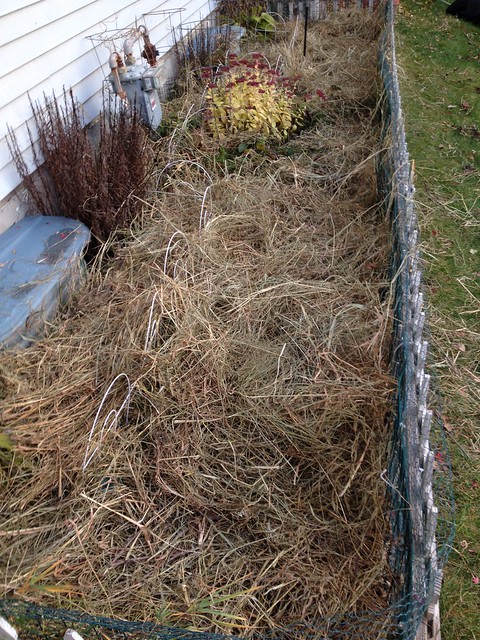 |
The potager in November 2013: Mulched in with Marsh Hay and ready for the
polar vortex?
|
To give you a true picture, I have to start back in November when I put the garden to bed for the winter. I've tried various methods, but I always go back to Marsh Hay. For me, it's the perfect mulch. It contains very few weed seeds (unlike Field Hay and Straw), it knits together and doesn't blow away in the wind, and it breaks down at a slow to moderate rate. In the meantime, it offers the perfect levels of protection and nutrients.
Also, the lasagna, or layered, method of prepping the soil yields incredible results. First, a layer of Marsh Hay, next compost, then newspaper, and finally a thick blanket of additional Marsh Hay. This cuts down on the weeds, and by the following spring the soil is soft, pliable, healthy, and ready for plants.
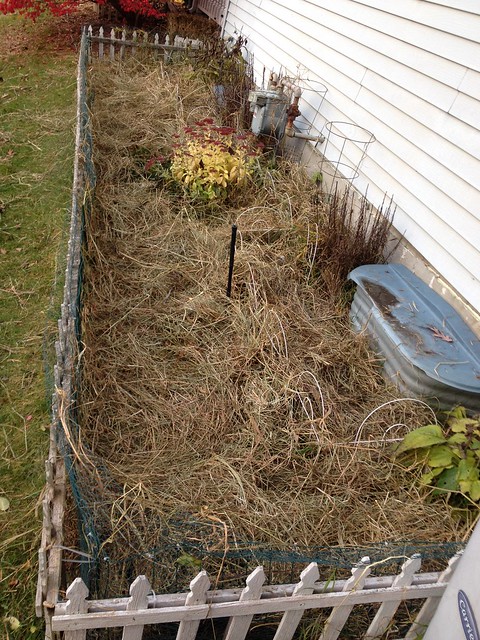 |
| A different angle in November. Please don't mind the mess. |
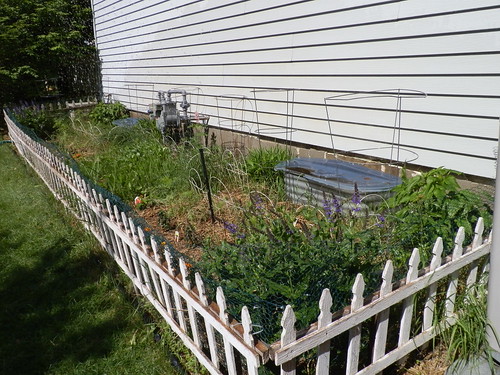 |
The potager in early June 2014. Again, not exactly lovely, with the utility meter and the
window wells, but I have to take advantage of any sun I can get. |
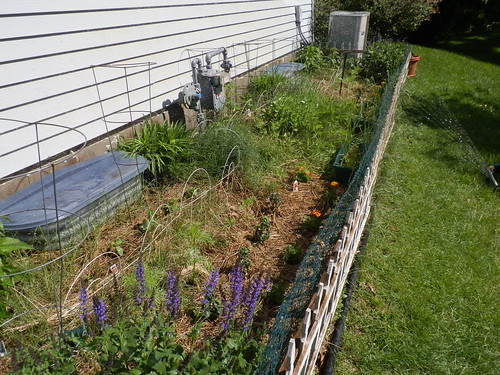 |
| A different angle. |
So, what am I growing this season? Here are the perennial, annual, biennial, and vegetable potager plants, in no particular order. I added a (C) next to ornamentals I regularly use for cut flowers.
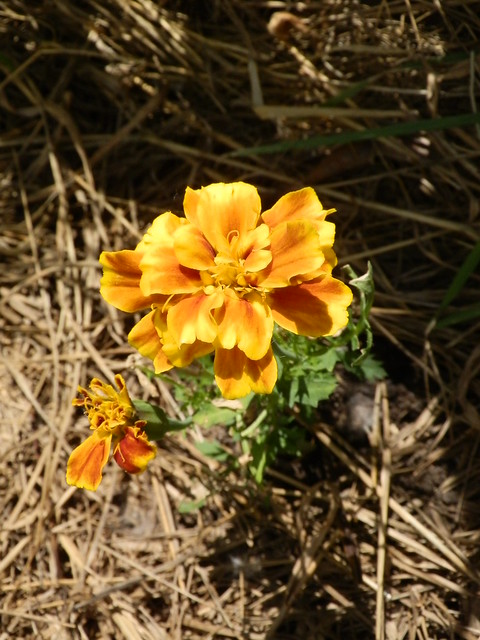 |
| Various garden Marigolds (Tagetes patula). |
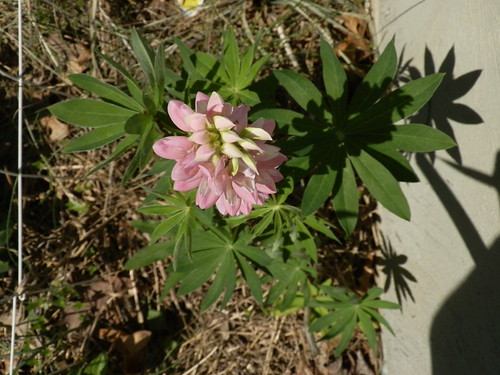 |
| Lupines (C) (Lupinus polyphyllus 'Russell'). |
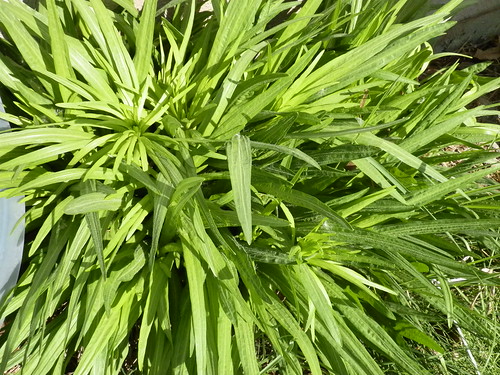 |
| Blazing Star (C) (Liatris spicata). |
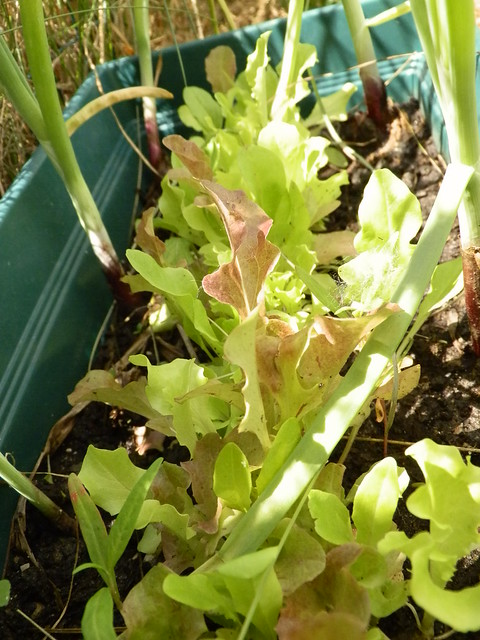 |
| Mesclun Mix Lettuce, grown from seed in raised troughs and bordered by scallions. |
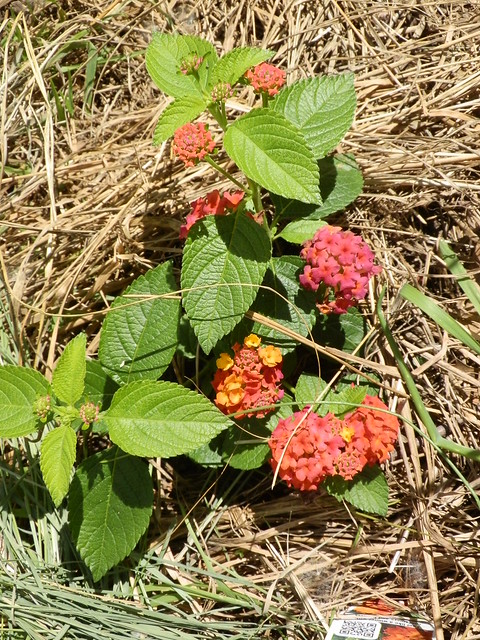 |
| Shrub Verbena (Lantana camara). The pollinators love it. |
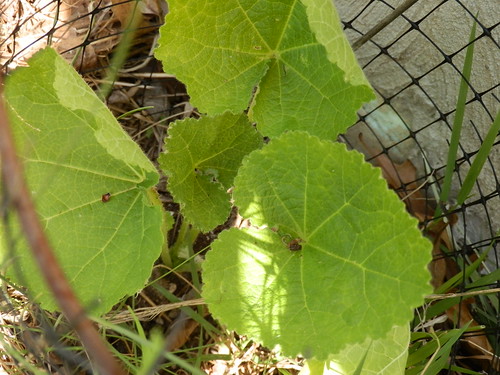 |
Hollyhocks (Alcea rosea 'Newport Pink Double'). Only $1.99 per plant, so I couldn't resist
adding these biennials again after they died off following the 2012 drought.
|
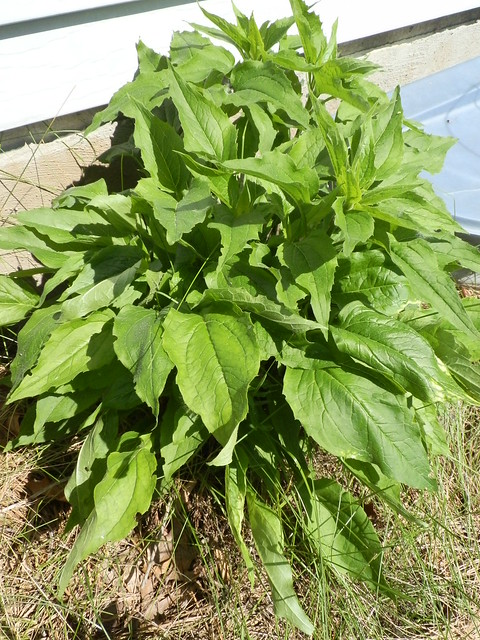 |
| Coneflower (C) (Echinacea purpurea). |
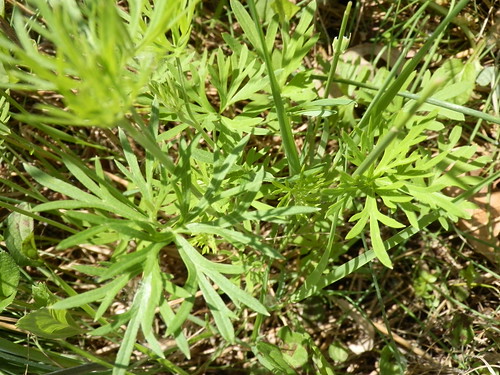 |
Delphinium spp. (C) (Looks like its twin on the other side will bounce back after the meter
guy crushed it!)
|
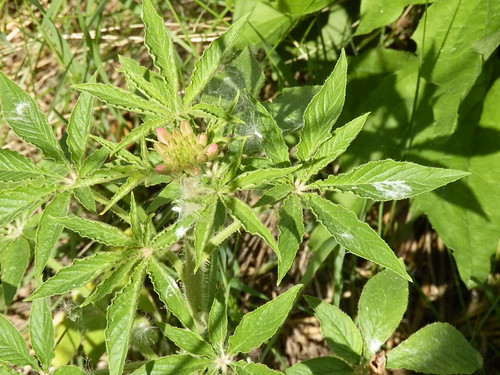 |
Spider Flower (C) (Cleome hassleriana). The white, fuzzy stuff on the leaves is Cottonwood
seeds. No worries; they'll wash off with rain. |
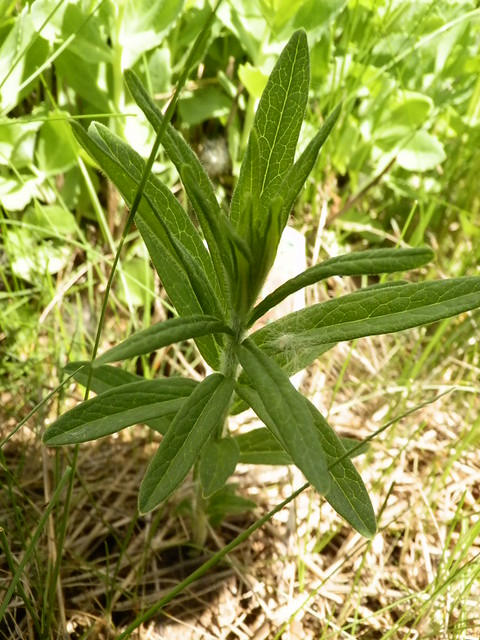 |
Butterfly Weed (Asclepias tuberosa), which has made impressive progress since my
last post.
|
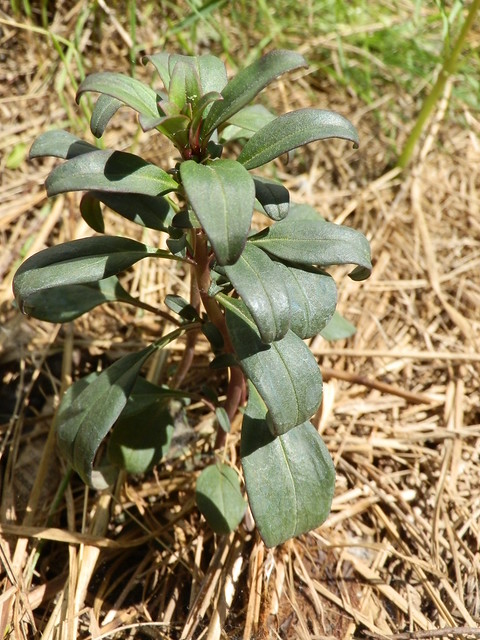 |
| Snapdragons (C) (Antirrhinum majus 'Rocket Mix'). |
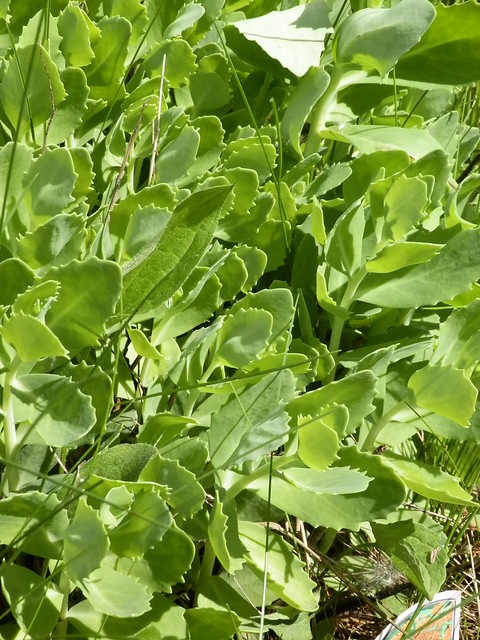 |
| Stonecrop (C) (Sedum telphinum 'Autumn Joy'). |
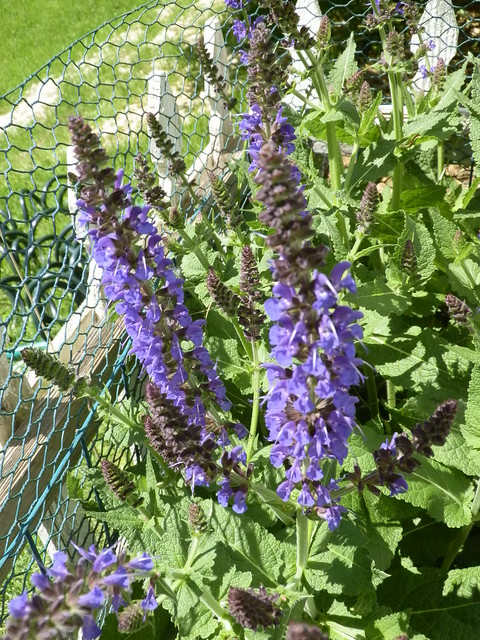 |
Ornamental Sage (Salvia nemerosa). Pollinators love this one, too. Doesn't last long in a
vase, though. I guess my worries about it this winter were unfounded because it looks
better than ever.
|
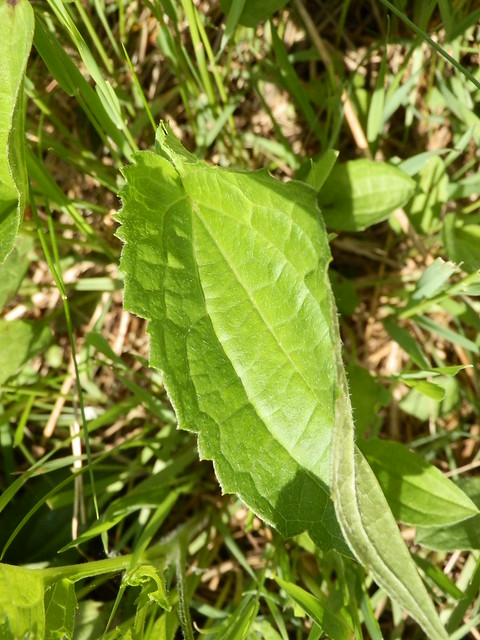 |
Black-Eyed Susan (Rudbeckia hirta). Kind of a mess right now and hard to weed around,
but that will correct itself soon.
|
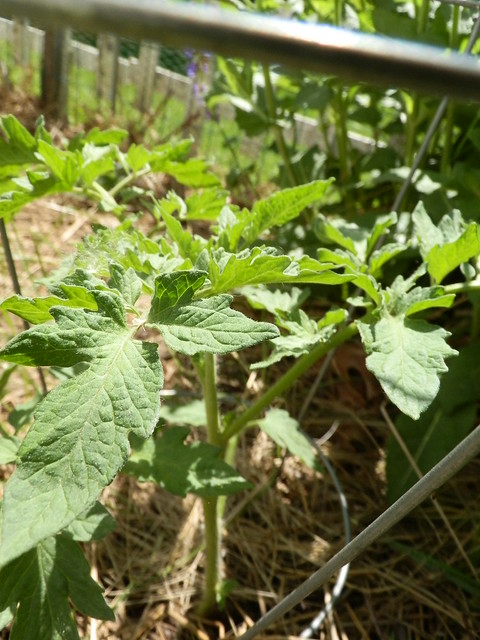 |
| 'Better Boy' Tomato. (My mouth is watering just thinking about the harvest.) |
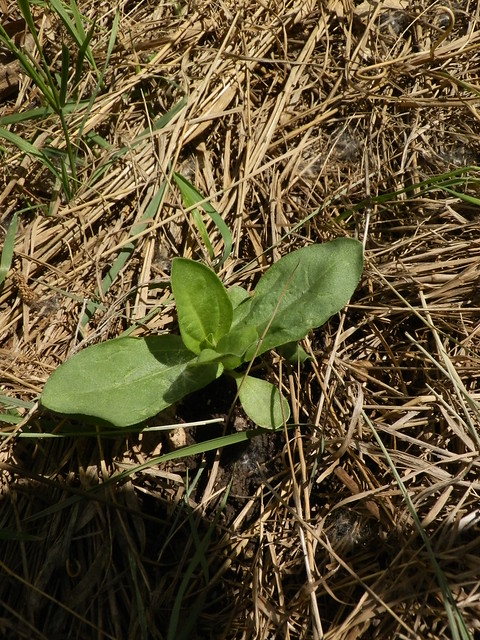 |
| Zinnias (C) (Z. elegans 'State Fair Mix'). Don't worry, they grow fast! |
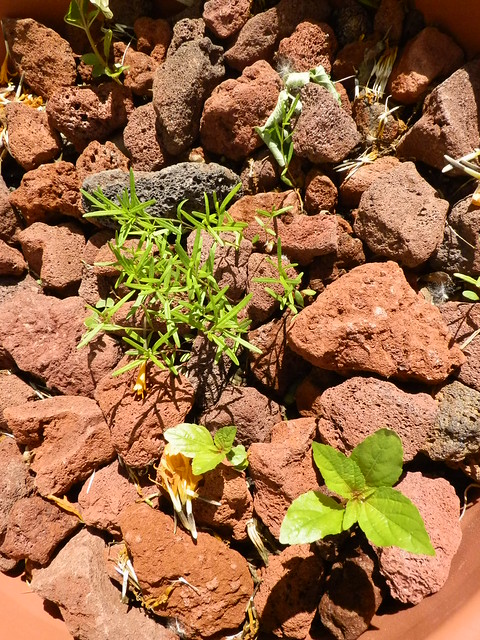 |
Whorled Milkweed (Asclepias verticillata), which I started from seed. (Not sure what
the mystery plant is in the lower right--maybe Pigweed; I should probably pull it. I
sprinkled Marigold seeds in the pot and added lava rocks to discourage chipmunks.)
|
Oh, and I thought I had photos of the Drumstick Alliums and the Cucumbers, but I guess I missed them. I'll share them next month ...
Head on over to the
Dear Friend and Gardener page to learn more about edibles and flowers that other folks are growing!
